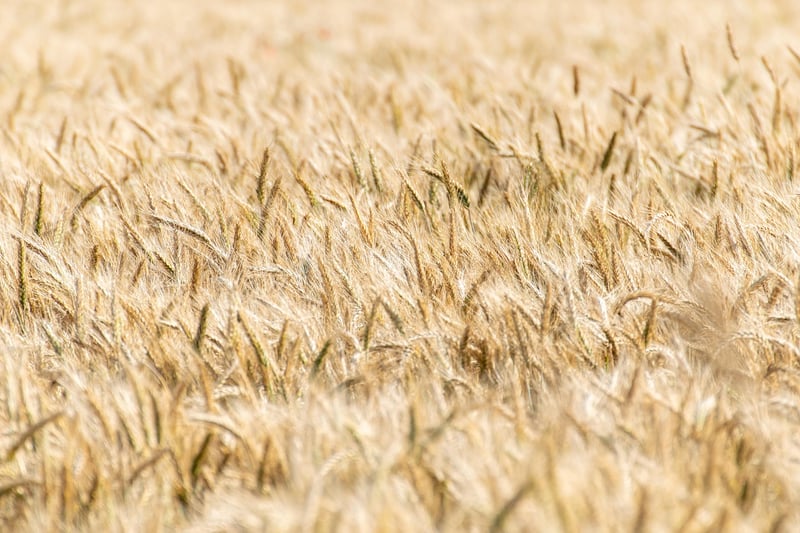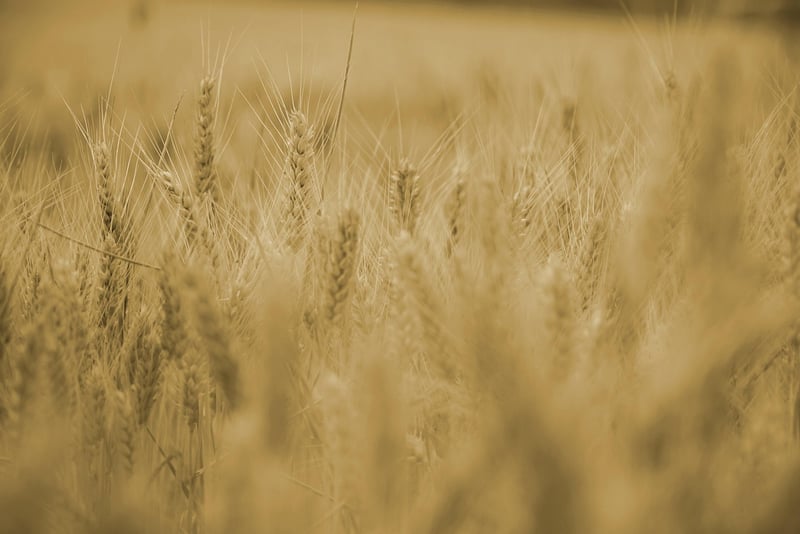Vertical Farming
Exploring Various Cultivation Methods and the Advantages of Vertical Farming
Introduction
When it comes to cultivation methods, there are various approaches that farmers and gardeners can employ to grow crops efficiently. From traditional outdoor farming to innovative vertical farming, each method offers unique benefits and challenges. In this article, we will delve into different cultivation methods and explore the advantages of vertical farming.
Traditional Outdoor Farming
Traditional outdoor farming is the most common method of cultivation practiced for centuries. It involves planting crops directly in the soil under natural sunlight and relying on traditional irrigation methods. While outdoor farming is cost-effective and suitable for large-scale production, it is highly dependent on weather conditions and limited by available land space.
Hydroponics
Hydroponics is a soilless cultivation method that involves growing plants in nutrient-rich water solutions. This method allows for precise control over nutrient intake, water usage, and environmental conditions, leading to faster plant growth and higher yields. Hydroponic systems are commonly used in greenhouse settings and urban agriculture projects.
Aquaponics
Aquaponics combines aquaculture (fish farming) with hydroponics to create a sustainable ecosystem where plants and fish thrive together. In an aquaponic system, fish waste provides nutrients for plants, while plants filter and purify the water for the fish. This symbiotic relationship results in a closed-loop system that conserves water and reduces waste.
Aeroponics
Aeroponics is a high-tech cultivation method that involves growing plants in an air or mist environment without soil or hydroponic medium. Plant roots are suspended in the air and periodically misted with nutrient solutions. Aeroponics promotes faster growth, higher yields, and efficient use of water and nutrients. This method is often used in research facilities and vertical farming systems.
Vertical Farming
Vertical farming is an innovative approach to cultivation that involves stacking layers of plants in vertically inclined structures. By utilizing vertical space, indoor vertical farms can produce large quantities of crops in a small footprint. Vertical farming employs advanced technologies such as LED lighting, climate control systems, and automated irrigation to optimize plant growth.
Advantages of Vertical Farming:
- Maximizes Land Use: Vertical farming allows for high-density planting and efficient use of space, making it ideal for urban areas with limited land availability.
- Year-Round Production: Indoor vertical farms are not dependent on seasonal changes or weather conditions, enabling year-round crop production.
- Water Efficiency: Vertical farming uses up to 90% less water than traditional outdoor farming methods, reducing water consumption and waste.
- Reduced Carbon Footprint: By minimizing the need for transportation and eliminating pesticide use, vertical farming helps lower carbon emissions and promotes sustainability.
- Controlled Environment: Vertical farms provide precise control over lighting, temperature, humidity, and nutrient levels, resulting in optimal plant growth and crop quality.
Conclusion
From traditional outdoor farming to innovative vertical farming, there are various cultivation methods available to meet the growing demand for sustainable agriculture. While each method has its unique advantages and challenges, vertical farming stands out for its efficiency, productivity, and environmental benefits. By embracing vertical farming practices, we can revolutionize the future of food production and create a more sustainable food system for generations to come.

